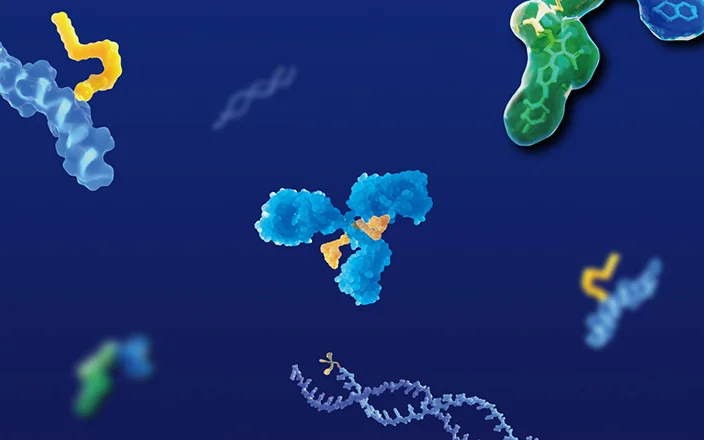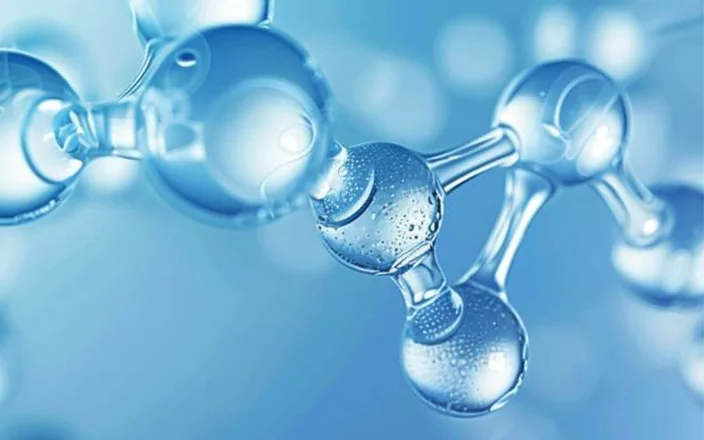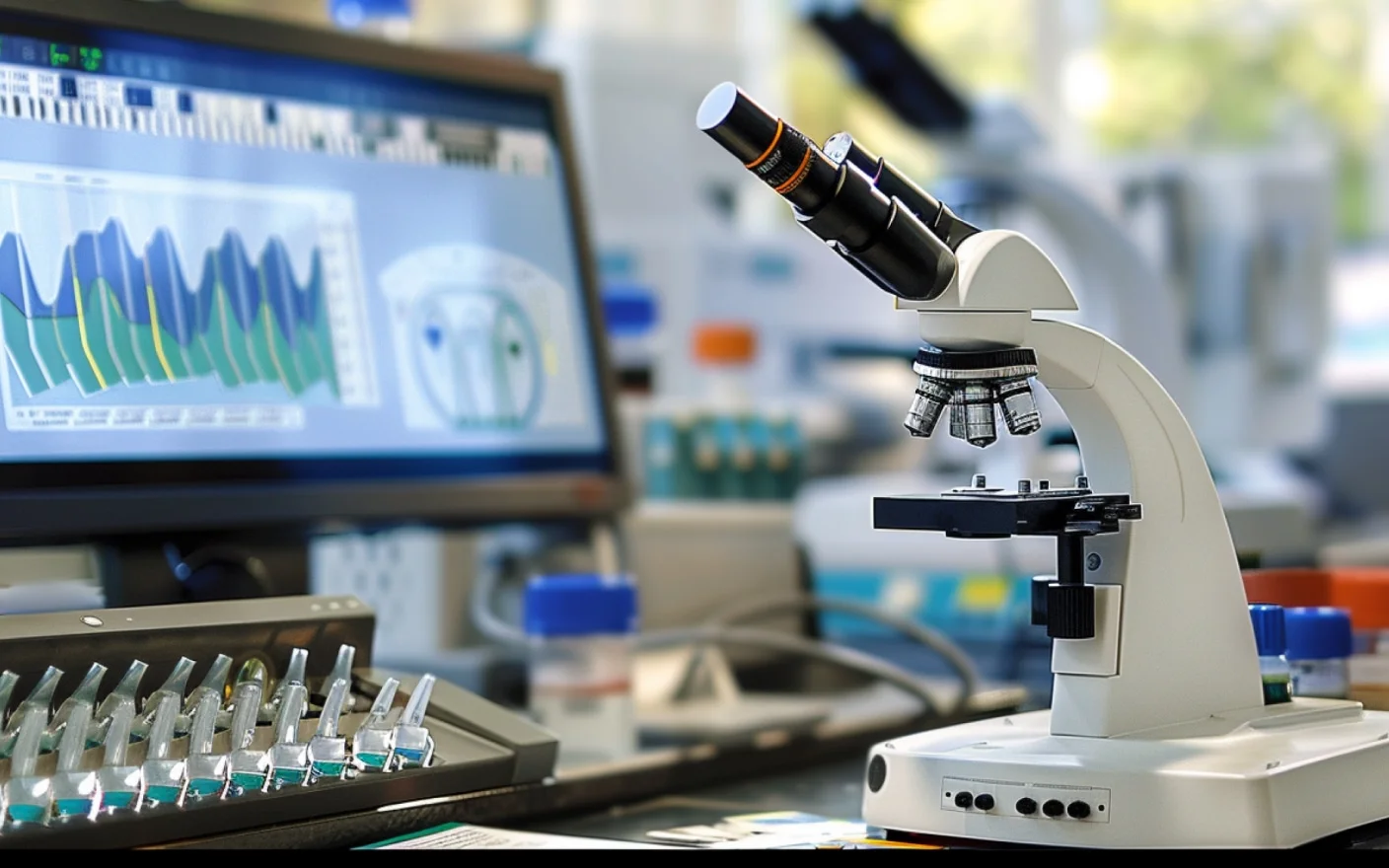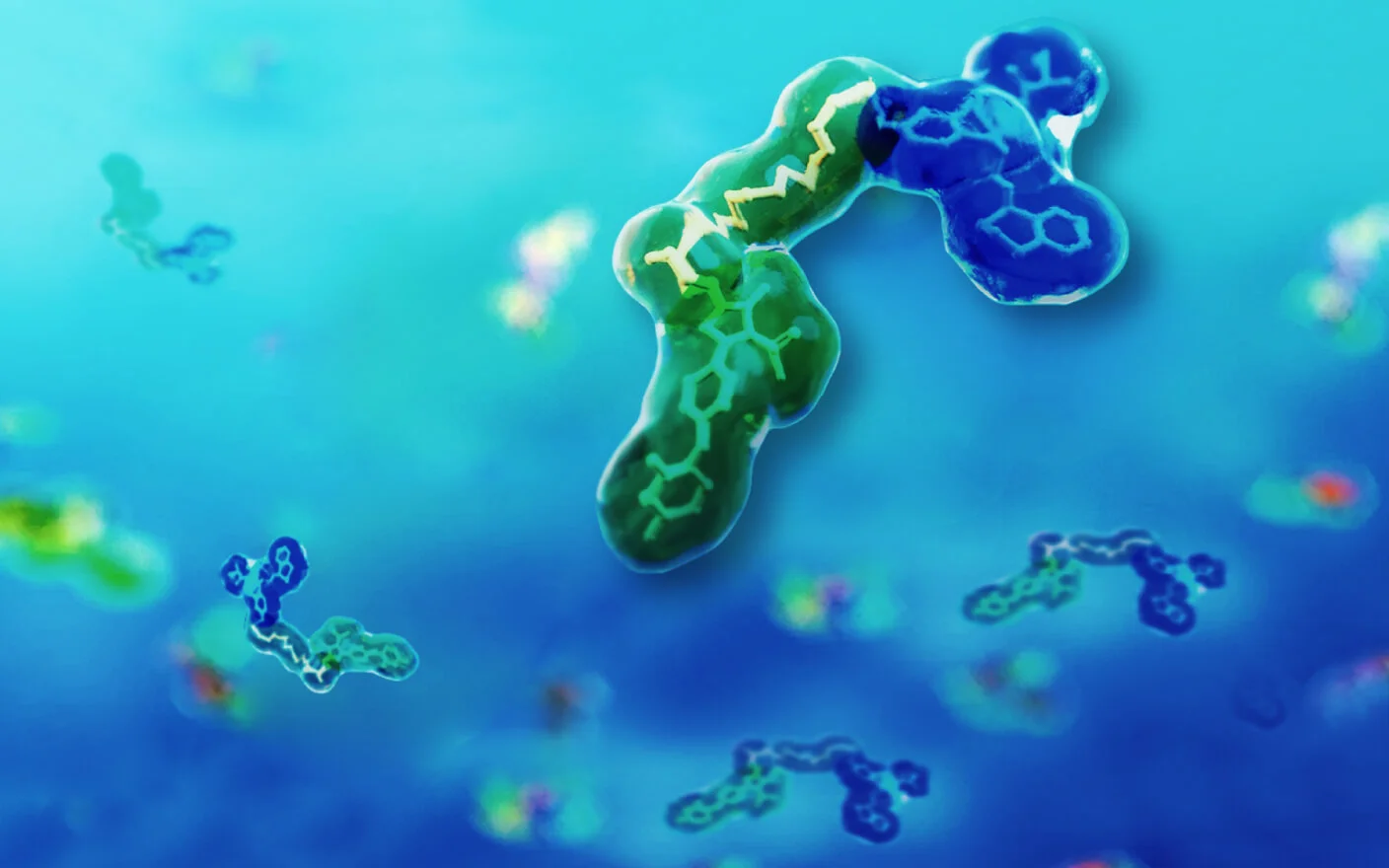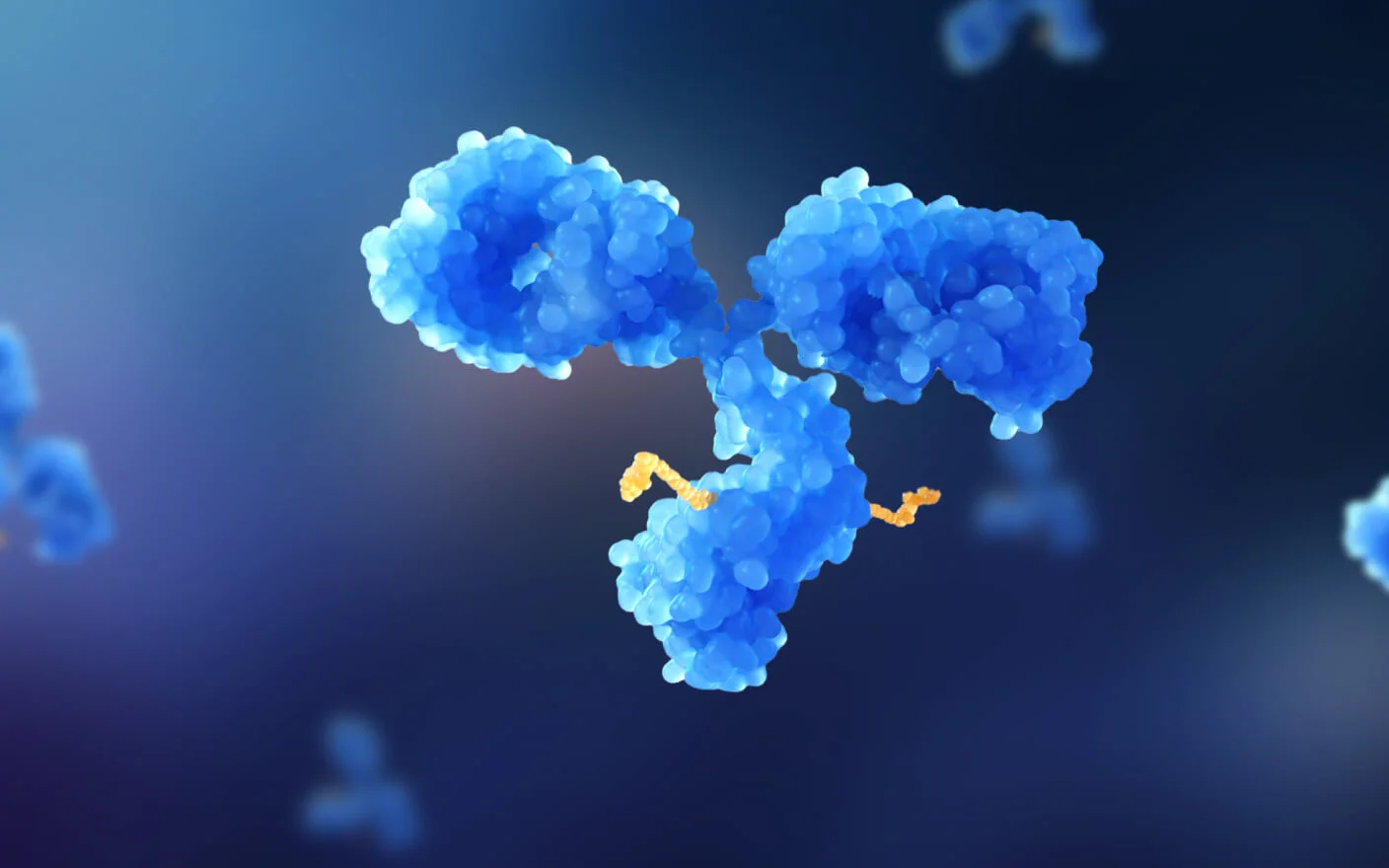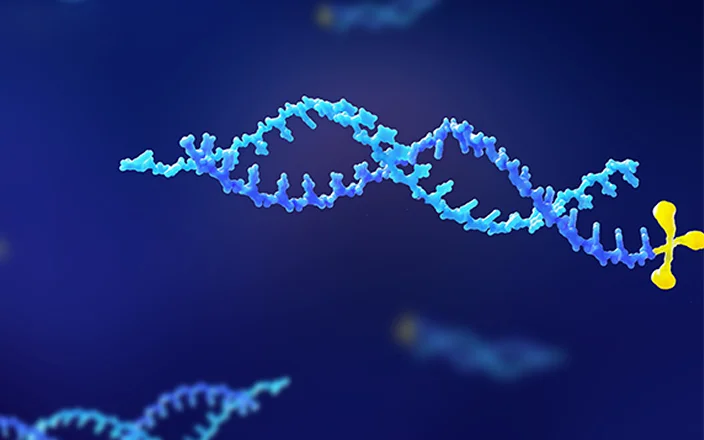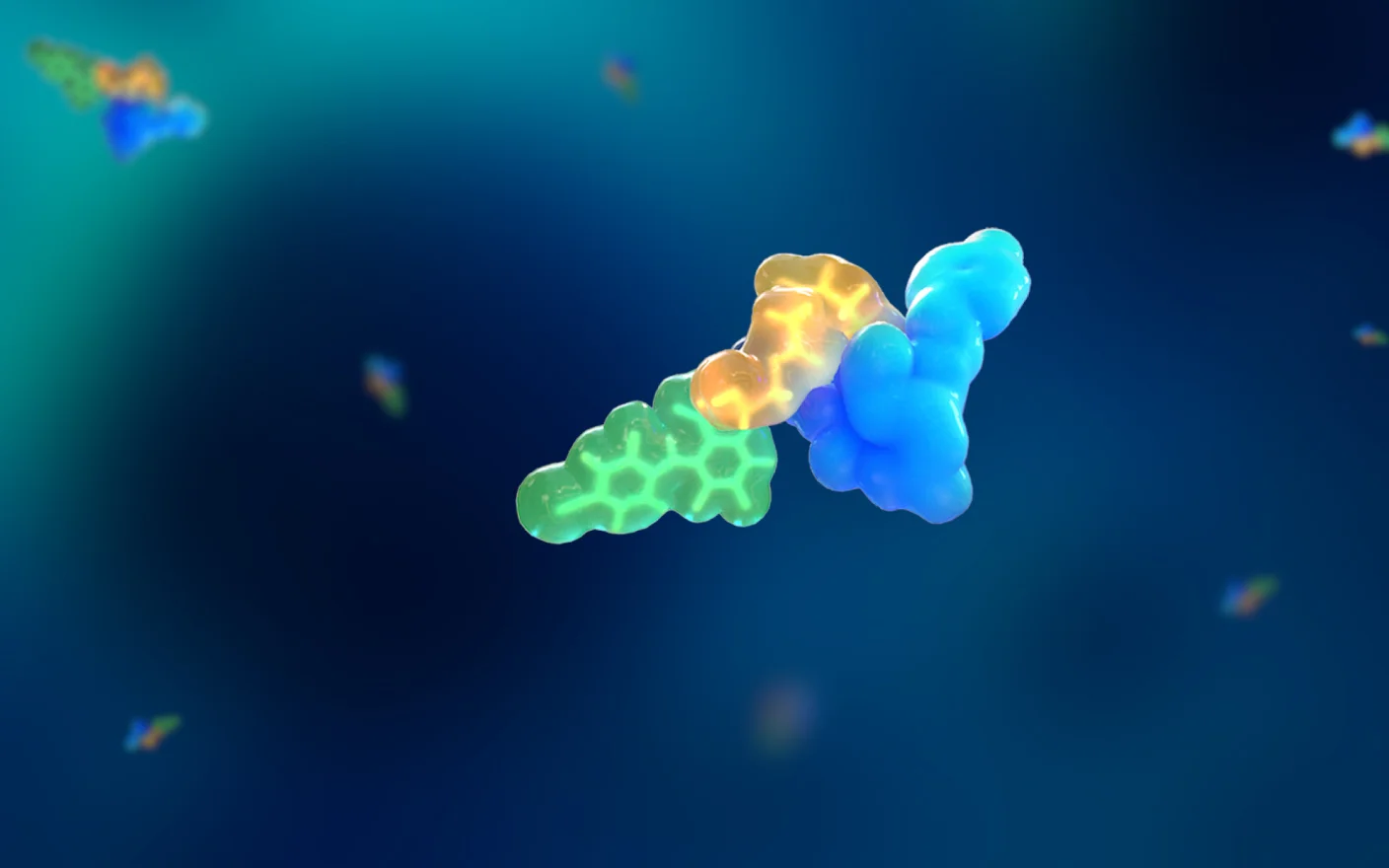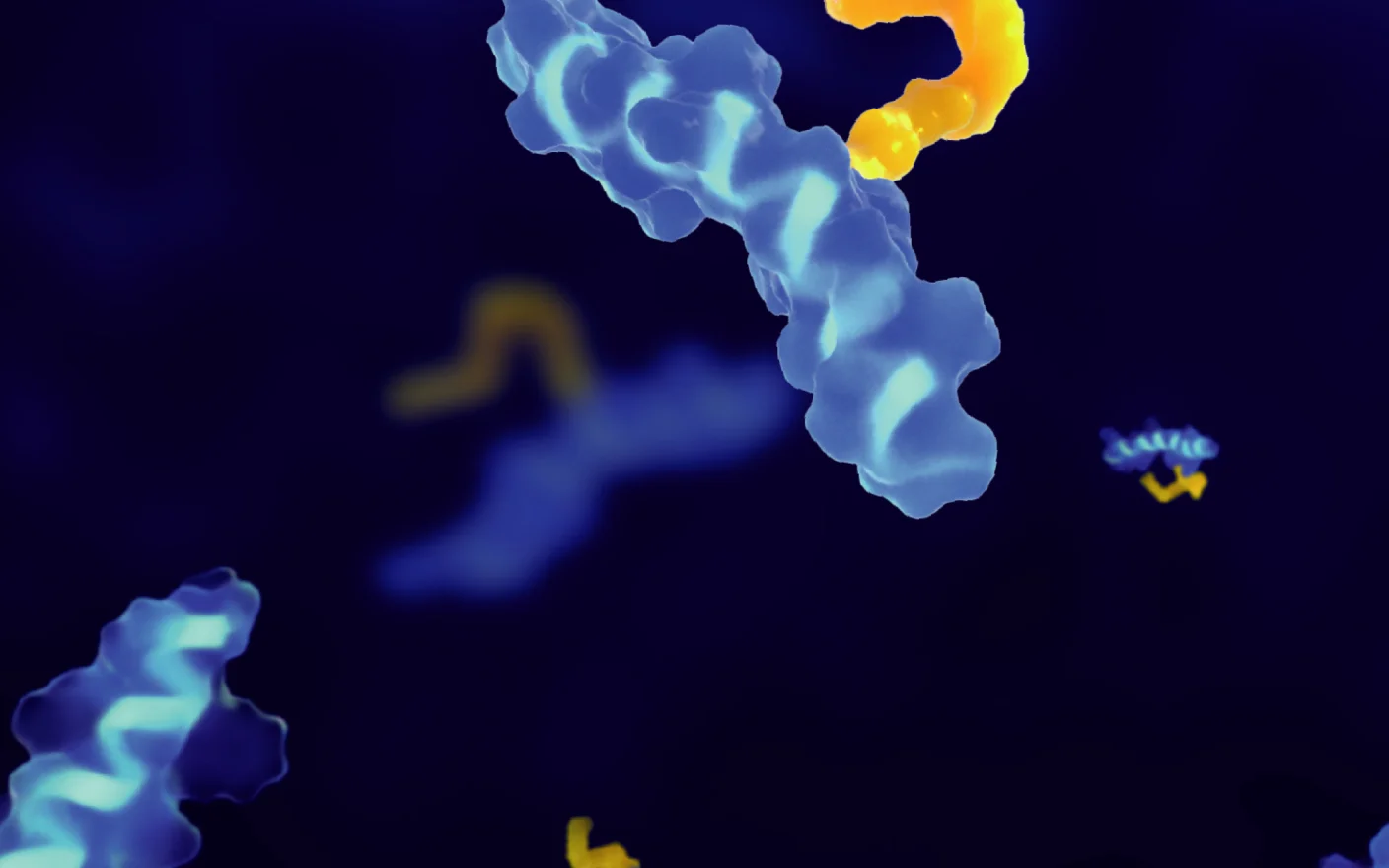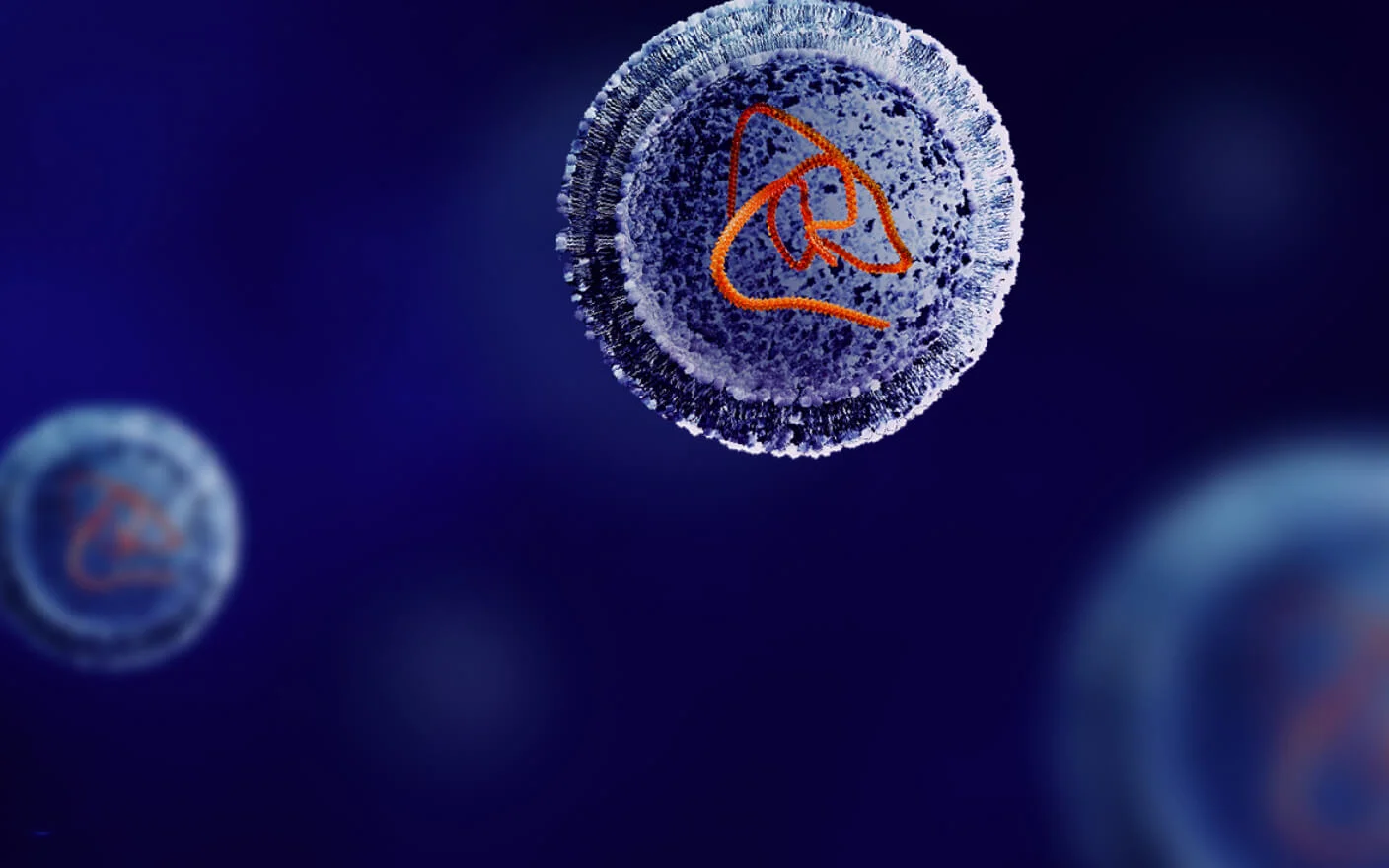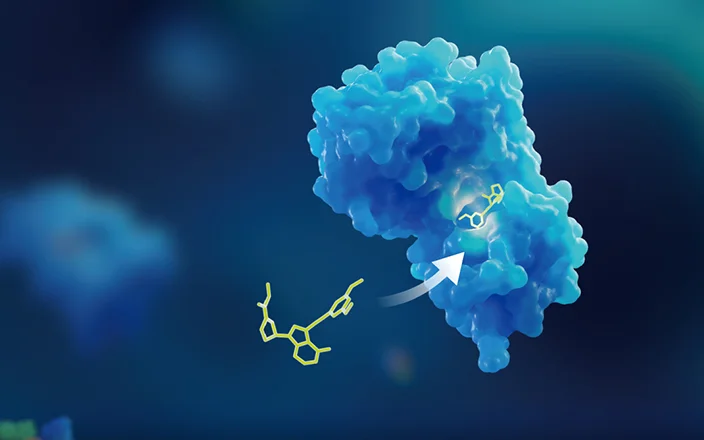What Are Oligonucleotides?
Oligonucleotides are a class of small synthetic nucleic acid polymers with single or double chains, which can act on gene expression levels and thereby regulate protein functions to achieve the purpose of treating diseases. Following small chemical molecules and monoclonal antibody drugs, the development of oligonucleotide drugs has rapidly advanced due to their unique mechanism of regulating disease gene transcription and translation at the RNA level.
Oligonucleotide drugs are highly polar, charged, and require chemical modification and drug delivery systems to improve their drug-like properties. Therefore, they have pharmacological characteristics different from those of chemical small molecules. Unlike small molecules, due to the structural characteristics of oligonucleotides, they are more likely to produce active N-1 and N-2 active metabolites during the metabolic process, instead of phase I and phase II metabolites. However, since the N-1 and N-2 metabolites have structural properties similar to those of the oligonucleotide, it is difficult to separate these active metabolites.
Why Are the Analysis and Separation of Oligonucleotides and Active Metabolites Important?
The main metabolic enzymes for oligo drugs are exonucleases and endonucleases, which are widely distributed in blood and various tissues and organs. Their distribution is conserved across different species. Take siRNA as an example, the metabolic processes are shown in Figure 1 [1].

Figure 1. The metabolic pathway of GalNAc-siRNA[1].
Figure 1A shows a schematic representation of siRNAs. For the sense strand (SS), observed metabolites were mostly the result of cleavages in the triantennary GalNAc moiety. These included sense strand products resulting from the loss of GalNAcs, complete loss of the triantennary targeting moiety, or a cleavage in the middle of the targeting moiety (Figure 1C). Antisense strand (AS) metabolism was primarily occurring on the 3’ end (Figure 1B) [1]. 3' N-1(AS) is a common metabolite in plasma and liver, and it usually also has activity. The in vitro activity of the metabolite 3'N-1(AS) of the marketed drug Givosiran was comparable to the prototype[2]. It has also been reported in the literature that the activity of the AS chain after metabolism at the 3 'end will gradually decrease with the degree of hydrolysis, and even lose its activity. However, the AS chain metabolized at the 5' end usually loses its activity.
Therefore, analyzing oligonucleotides and their active 3' end metabolites can provide valuable insights for future research and development. To accurately quantify the concentrations of oligonucleotides and their active metabolites individually, it is essential to establish a reliable and appropriate method.
What are the Challenges of Analysis and Separation of Oligonucleotides and Active Metabolites?
In the analysis of oligonucleotides, the common analytical platforms include liquid chromatography-mass spectrometry (LC-MS), liquid chromatography-fluorescence detection (LC-FLD), ligand binding assay (LBA), and reverse transcription quantitative polymerase chain reaction (RT-qPCR). Among them, LBA and RT-qPCR have relatively high sensitivity. However, due to their working principles, they generally cannot distinguish between the active ingredient and metabolites with similar chain lengths. Therefore, the bioanalytical platforms with separation capabilities are LC-MS and LC-FLD. However, when using these two platforms for analysis, there are still some technical challenges.
Oligonucleotides present more technical challenges and unknown consequences for drug developers compared to more conventional drugs.
Because most of them are negatively charged, they are likely to bind with cations in consumables (such as tubes, containers, autosampler vial inserts, chromatographic columns) and biological matrices.
Their molecular weights are also relatively large, and they often appear in a multiple charge state on mass spectrometry.
Their structure is highly similar to that of endogenous nucleic acid substances, especially unmodified oligonucleotides, which often cause many endogenous interferences or issues with high baselines.
Oligonucleotides are highly hydrophilic, which leads to poor retention on regular reverse-phase chromatography.
Strong binding with plasma proteins may result in extraction recovery issues, and non-specific binding can cause poor peak shape and residue problems in liquid chromatography.
Moreover, the active metabolites of oligonucleotides, such as 3'N-1, 3'N-2, etc., have a very high structural similarity to the original drug, and their retention time on the liquid chromatogram is also relatively close. Therefore, it is quite challenging to separate them.
The most popular methods applied in oligonucleotide analysis are ion-pair chromatography and hydrophilic interaction liquid chromatography (HILIC)[3]. Both methods can achieve the retention of oligonucleotides. However, the disadvantage of the ion-pair method is that it requires fixed instruments. It cannot be frequently switched with conventional reverse-phase chromatography, and the selection of ion pair concentration and type needs to balance the relationship between retention and response. The advantage of HILIC is that it can use the mobile phases of conventional reverse-phase chromatography and switch at any time, but the durability of the method may be a challenge that needs to be faced. If multiple metabolites need to be separated, ion-pair chromatography has more advantages.
Best Practices for Separating Oligonucleotides and Active Metabolites
Take GalNAc-siRNA as an example. In some preclinical pharmacokinetics, quantification of oligonucleotides and active metabolites is necessary. How to simultaneously analyze SS, AS, the metabolites with removed GalNAc and active metabolites such AS 3' N -1, AS 3' N -2, etc. in one injection, and among them, the molecular weights of AS and AS 3' N-1 and AS 3' N-2 metabolites are not much different from those of the original drug, and their properties are similar, so the general retention times are also close. When using LC-FLD analysis for oligonucleotides, since the fluorescence detector cannot distinguish between the active ingredient and its metabolites, a comprehensive separation needs to be carried out on the liquid phase method.
However, when using the LC-MS method to analyze oligonucleotides, separation relies first on the mass spectrometer’s ability to differentiate analytes. Mass spectrometry can separate the active ingredient and different metabolites by distinguishing the mass-to-charge ratio. For instance, if the mass-to-charge ratio difference between an oligonucleotide and an active metabolite is greater than 1, it can usually be distinguished by triple quadrupole mass spectrometry, which is commonly used for quantitative analysis. In some cases, the oligonucleotide and its metabolites may not be fully separated due to impure standard substances. For example, oxidative deamination products can also be observed in monkey livers. These metabolites typically form at terminal adenine, with a mass difference of 0.984 Da[4]. Furthermore, when crosstalk occurs, additional separation in the liquid phase becomes necessary.
For liquid-phase separation, using ion-pair chromatography as an example, the best practices for LC-MS analysis of oligonucleotides and active metabolites include:
1. Adjusting the types and ratio of the organic reagent and aqueous phases in the mobile phase.
It is well known that in reversed-phase chromatography, the elution capacity of organic reagents is as follows: isopropanol is greater than acetonitrile and greater than methanol. Generally, changing the organic reagents in the mobile phase will affect the retention time of the analytes as well as the separation. The same optimization can be carried out when using ion-pair chromatography to separate oligonucleotides, as shown in Figure 3. After replacing acetonitrile and isopropanol with acetonitrile and methanol as organic reagents in the mobile phase, the separation of the oligonucleotide and active metabolite was improved.

Figure 2. (A): organic in mobile phase are isopropanol and acetonitrile; (B): organic in mobile phase are methanol and acetonitrile
2. Modifying the types and concentration of additives.
3. Optimizing the liquid phase gradient.
4. Changing the types and length of the chromatographic column.
Changing the types of columns can also help the separation of metabolites. As shown in Figure 3, after replacing the C18 column with a C4 column, the AS and its metabolite (oxidative deamination products, Δm 0.984 Da ) were successfully separated.

Figure 3. (A): C18 column; (B): C4 column
5. Changing the ion-pair reagent.
For the analysis of oligonucleotides, such as when using ion-pair chromatography, commonly used ion-pair reagents include triethylamine (TEA), n-butylamine (DBA), N, N-diisopropylethylamine (DIPEA), etc. After combining with oligonucleotides, they can adjust their retention behavior on the chromatographic column. Due to the different chain lengths of different ion-pair reagents, the retention times of oligonucleotides after combining with different ion-pair reagents also vary. Compared with the short-chain TEA and DBA, Hexylamine (HA) has a longer chain, which can amplify the differences in the retention of the active ingredient and its 3 'N-1 and 3' n-2, achieving the purpose of separation.

Figure 4. AS and two metabolites, the ion-pair reagents were DBA and HA, respectively.
As shown in Figure 4, when DBA is used as the ion-pair reagent for siRNA analysis, the AS chain and the metabolite 2 (M2, demethylation product) cannot be separated in the liquid phase chromatograph. However, after DBA is replaced with HA, both AS and metabolite 1(M1), as well as M2, are well separated.
A Final Word
Accurate analysis and separation of oligonucleotides and their active metabolites are critical for understanding their pharmacokinetics, safety, and efficacy. While challenges such as structural similarity, high polarity, and matrix interference persist, advanced LC-MS/MS methodologies offer robust solutions to achieve precise quantification.
As oligonucleotide therapeutics continue to expand into rare and complex diseases, reliable analytical strategies will remain pivotal to their development. WuXi AppTec DMPK Department has extensive experience in oligonucleotides bioanalysis and separation of their active metabolites. And a wide variety of matrices have involved, including plasma, liver, kidney and other tissues, urine, feces and bile, etc.
Authors: Jinlian Lu, Peiyun An, Lili Xing
Talk to a WuXi AppTec expert today to get the support you need to achieve your drug development goals.
Committed to accelerating drug discovery and development, we offer a full range of discovery screening, preclinical development, clinical drug metabolism, and pharmacokinetic (DMPK) platforms and services. With research facilities in the United States (New Jersey) and China (Shanghai, Suzhou, Nanjing, and Nantong), 1,000+ scientists, and over fifteen years of experience in Investigational New Drug (IND) application, our DMPK team at WuXi AppTec are serving 1,600+ global clients, and have successfully supported 1,700+ IND applications.
Reference
[1] Babak Basiri, et al. Introducing an In Vitro Liver Stability Assay Capable of Predicting the In Vivo Pharmacodynamic Efficacy of siRNAs for IVIVC, Nucleic Acids Vol. 21, September 2020
[2] Li J, et al. Nonclinical Pharmacokinetics and Absorption, Distribution, Metabolism, and Excretion of Givosiran, the First Approved N-Acetylgalactosamine-Conjugated RNA Interference Therapeutic. Drug Metab Dispos. 2021 Jul;49(7):572-580.
[3] Robert MacNeill et al. An oligonucleotide bioanalytical LC–SRM methodology entirely liberated from ion-pairing, Bioanalysis (2019) 11(12), 1155–1167
[4]Jing Li et al. Discovery of a novel deaminated metabolite of a single-stranded oligonucleotide in vivo by mass spectrometry, Bioanalysis (2019) 11(21), 1955–1966
Related Services and Platforms




-

 DMPK BioanalysisLearn More
DMPK BioanalysisLearn More -

 Novel Drug Modalities DMPK Enabling PlatformsLearn More
Novel Drug Modalities DMPK Enabling PlatformsLearn More -

 Novel Drug Modalities BioanalysisLearn More
Novel Drug Modalities BioanalysisLearn More -

 Small Molecules BioanalysisLearn More
Small Molecules BioanalysisLearn More -

 Bioanalytical Instrument PlatformLearn More
Bioanalytical Instrument PlatformLearn More -

 PROTAC DMPK ServicesLearn More
PROTAC DMPK ServicesLearn More -

 ADC DMPK ServicesLearn More
ADC DMPK ServicesLearn More -

 Oligo DMPK ServicesLearn More
Oligo DMPK ServicesLearn More -

 PDC DMPK ServicesLearn More
PDC DMPK ServicesLearn More -

 Peptide DMPK ServicesLearn More
Peptide DMPK ServicesLearn More -

 mRNA DMPK ServicesLearn More
mRNA DMPK ServicesLearn More -

 Covalent Drugs DMPK ServicesLearn More
Covalent Drugs DMPK ServicesLearn More
Stay Connected
Keep up with the latest news and insights.





